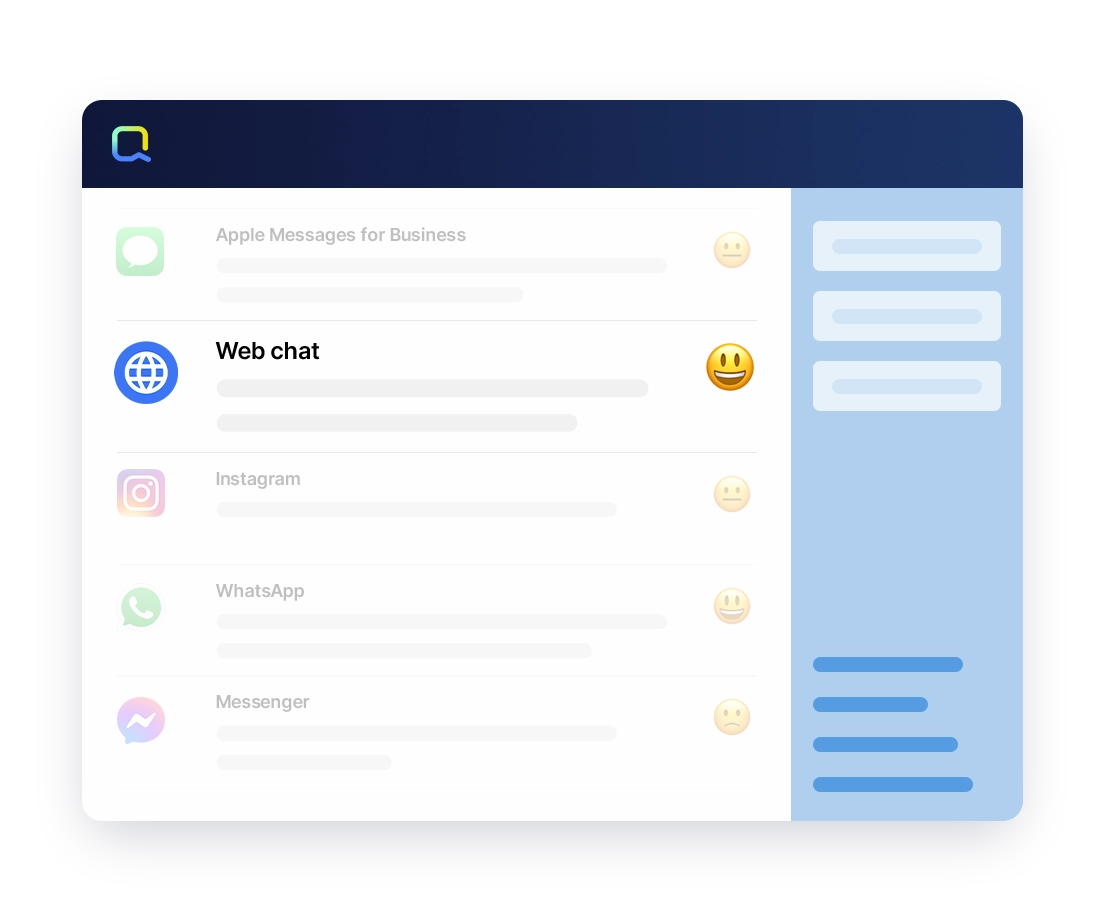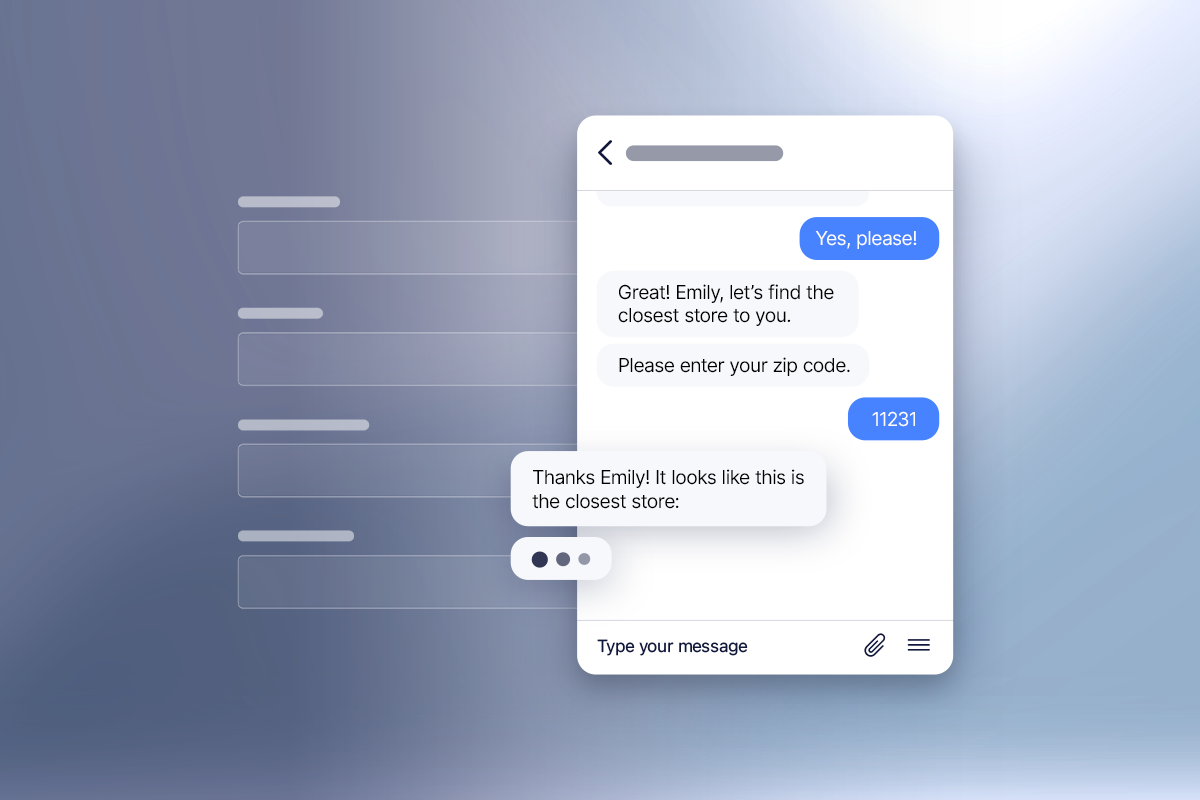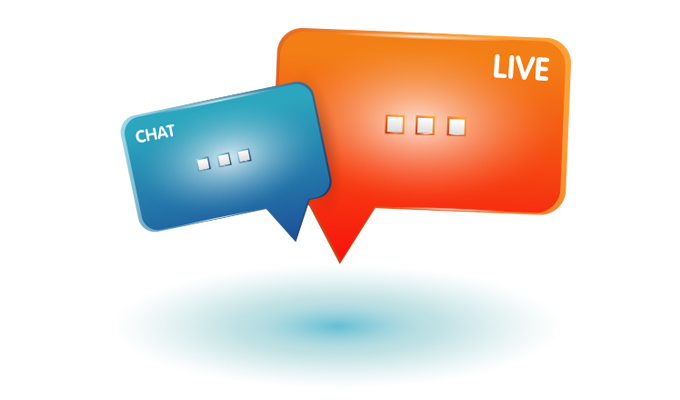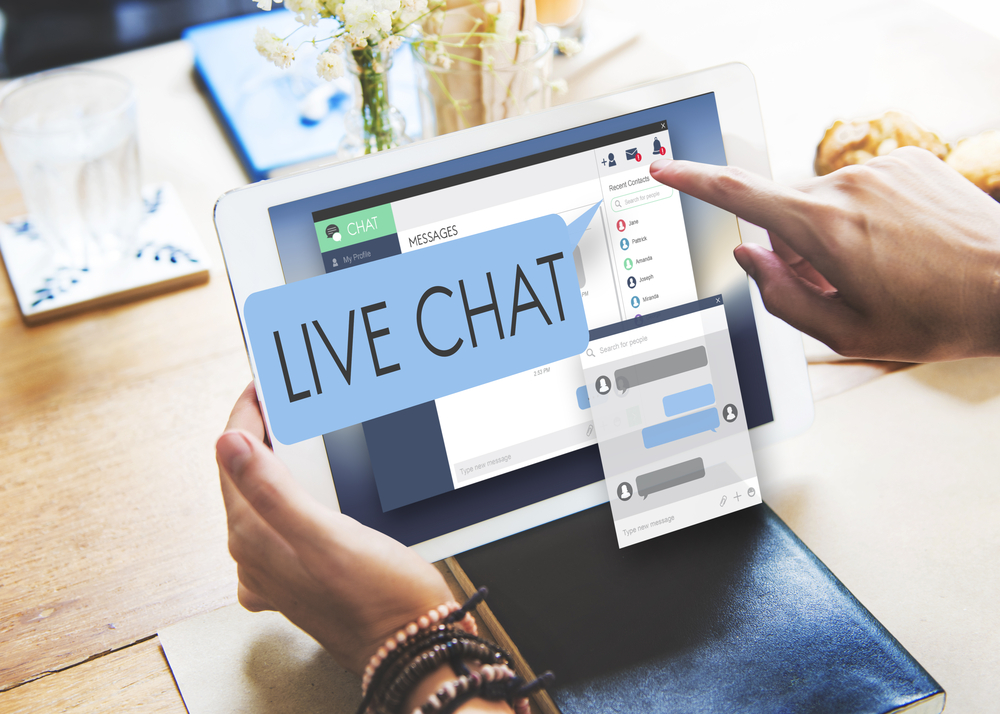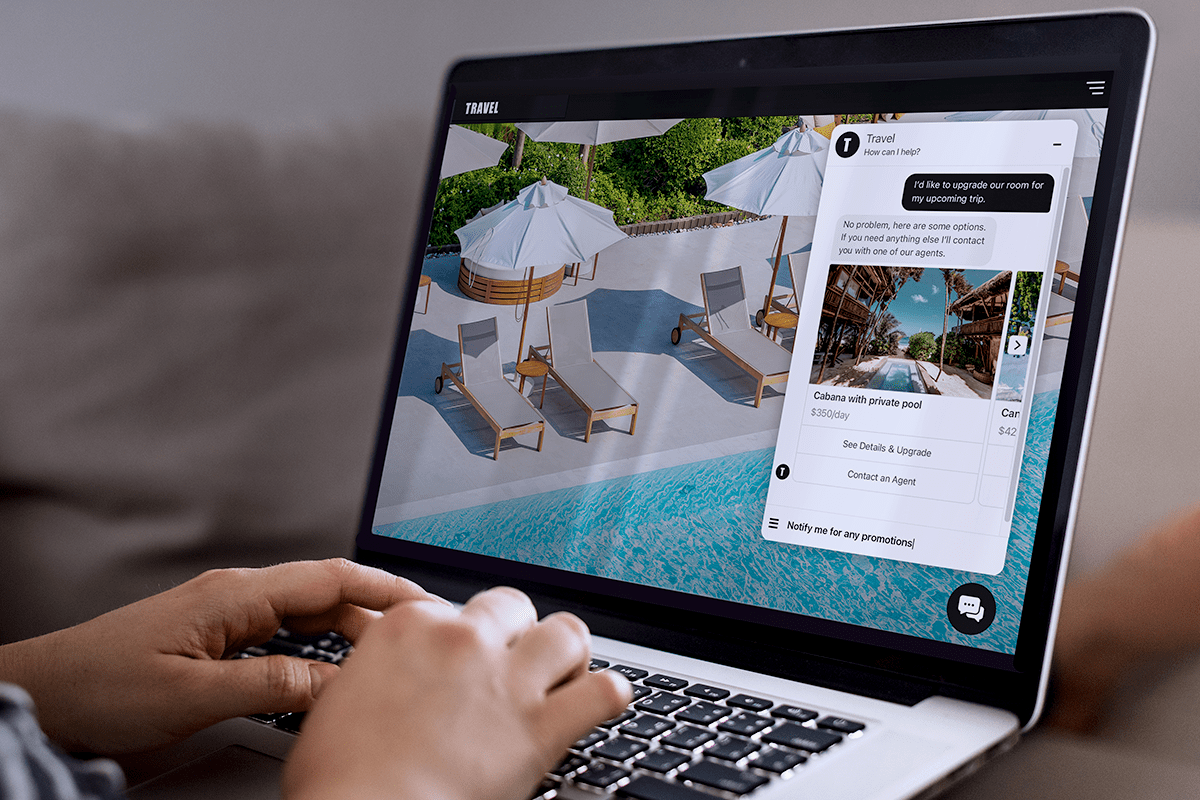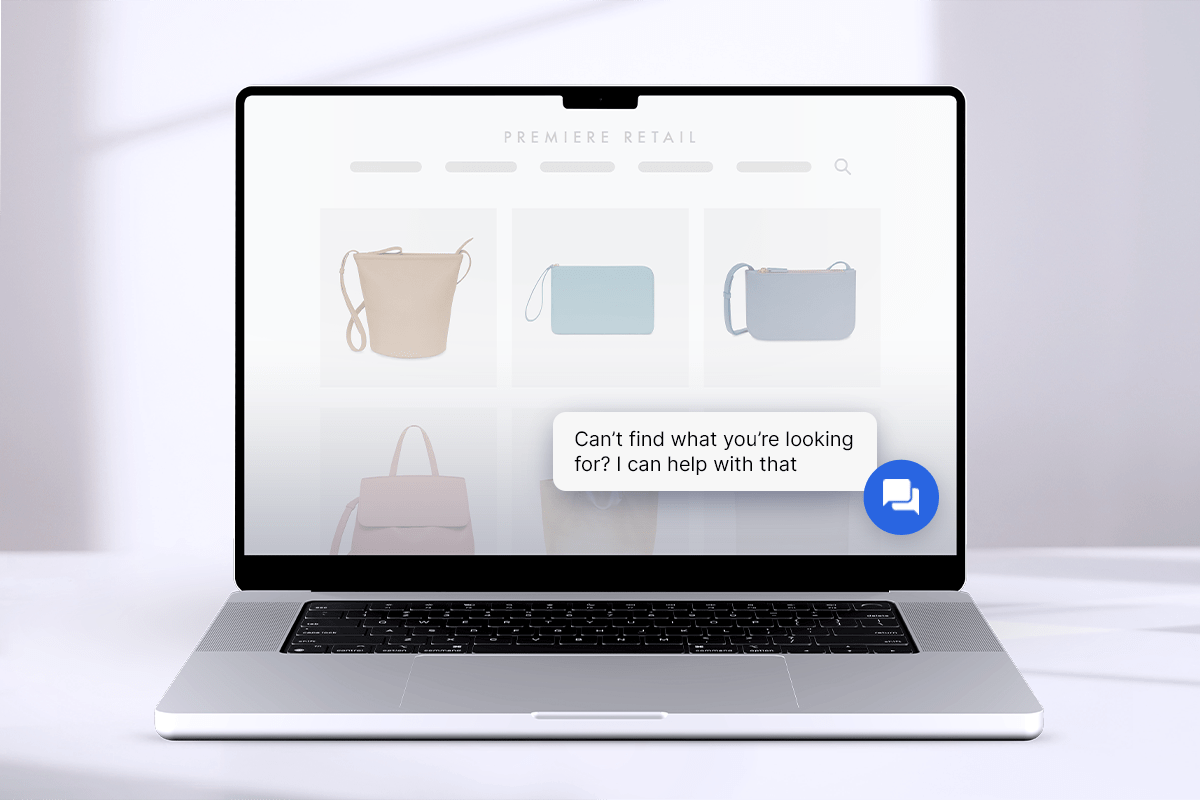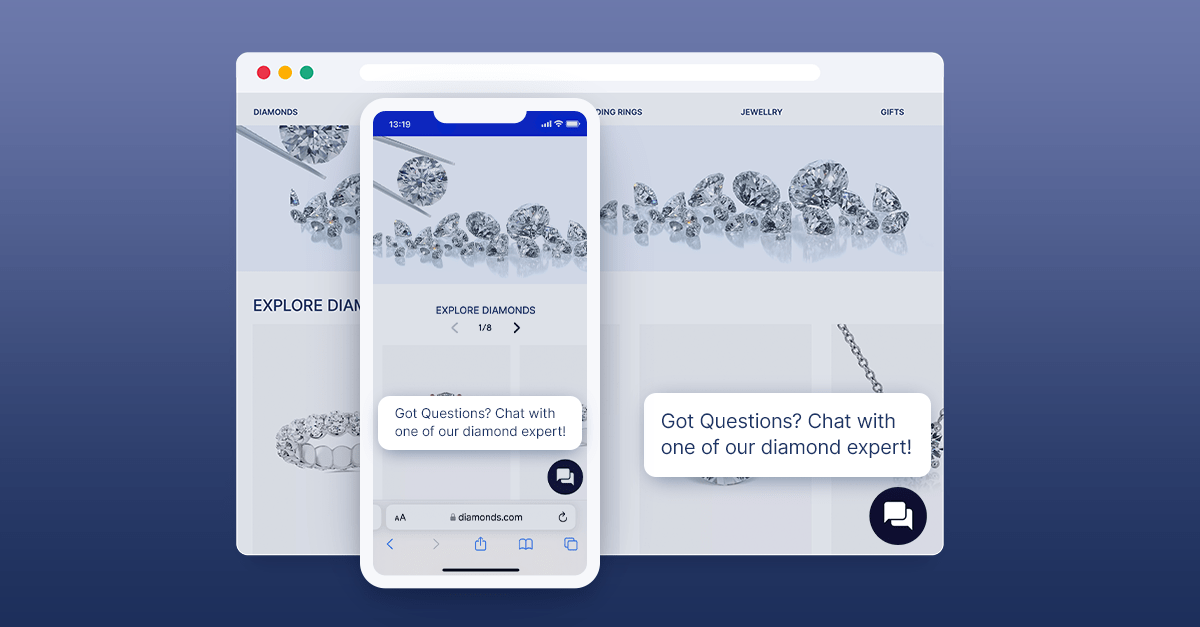Web Chat Software
Increase conversions and build lasting customer relationships with web chat support on your website.
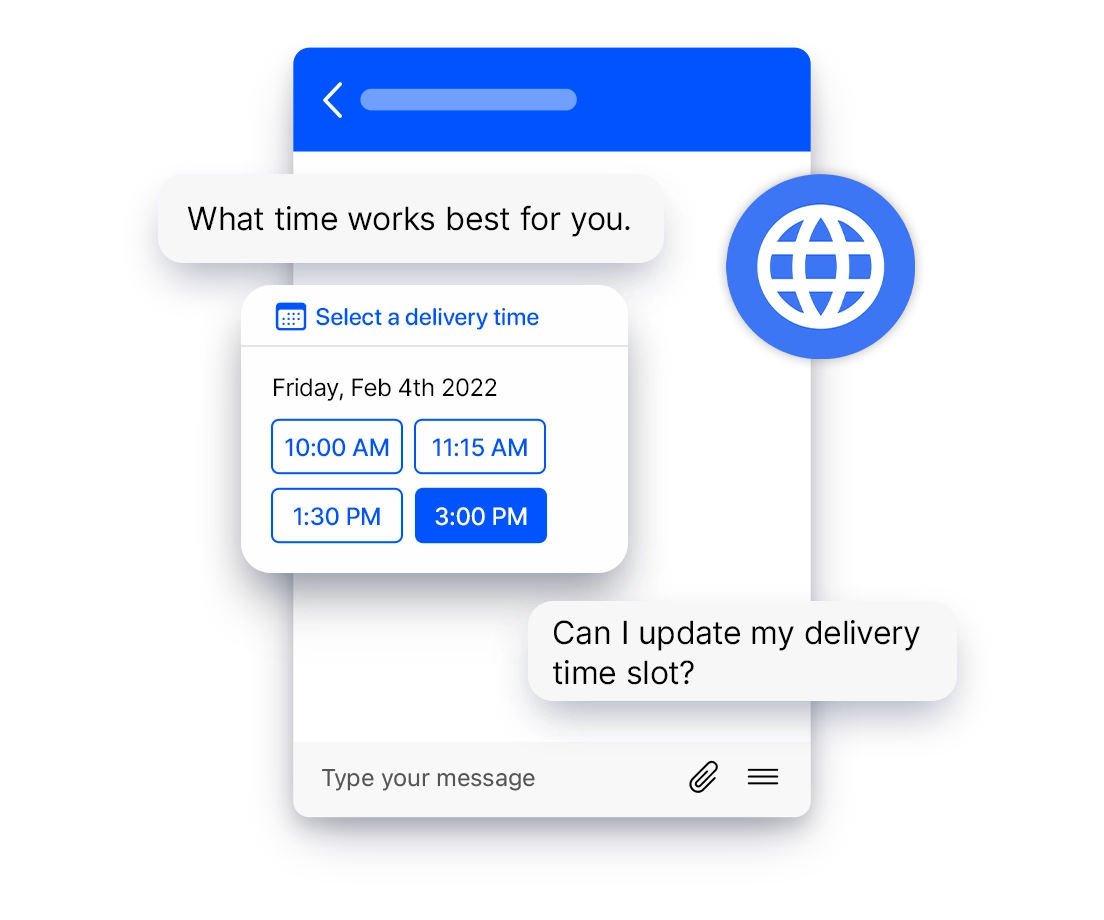
Trusted by leading CX-obsessed brands.
Add AI into your web chat channels today. Test drive AI Studio for free.
With web chat, your customers know you’re never more than a chat window away.
When customers visit your website, they want a fast, convenient way to interact with your brand. With Quiq’s robust live web chat software, your business can connect with customers from any page on your site to deliver a thoughtful and responsive customer experience.
Make engagement easy.
With a web chat widget enabled on your website, visitors can easily reach out for assistance using the chat icon at the bottom right-hand corner of any page on your site. A combination of agents and bots can immediately answer questions, provide support, and even help guide customers to complete purchases.
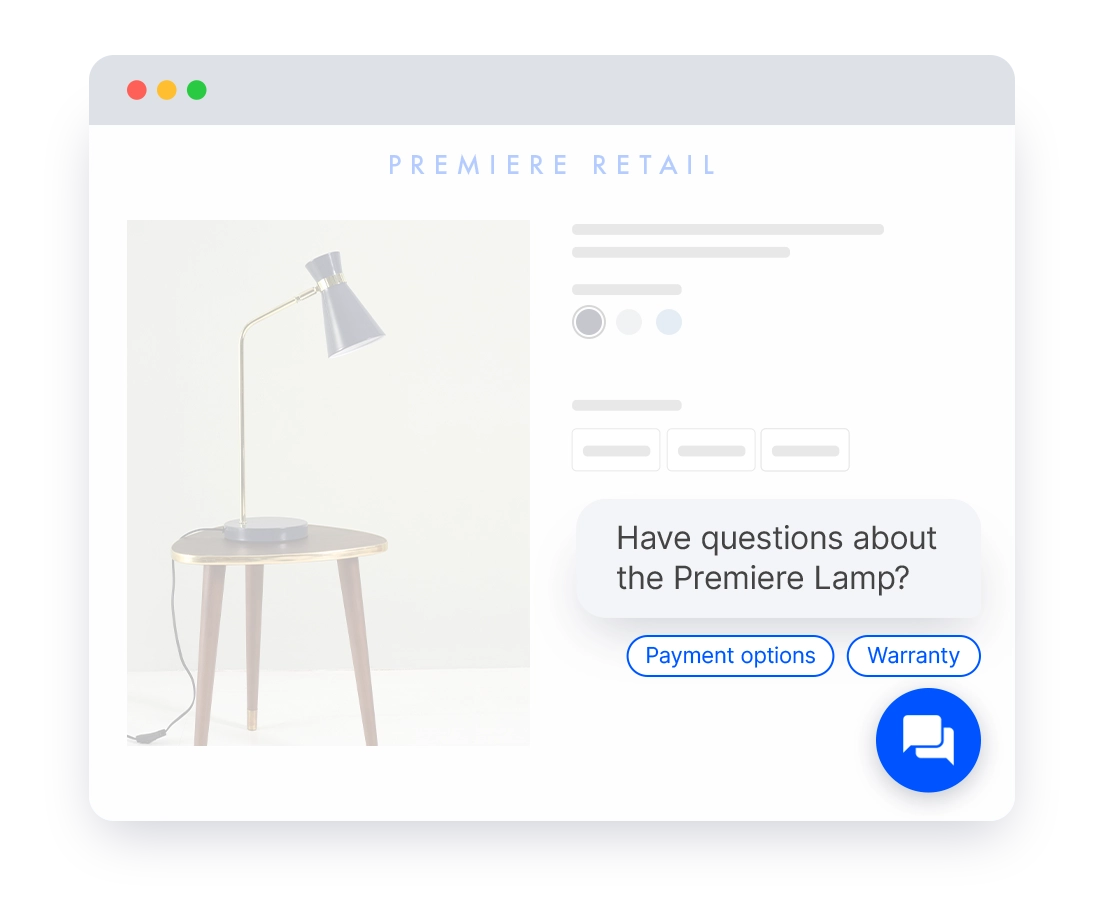
Combine customer service with
conversational commerce.
Connected customers expect their favorite websites to have a chat function for easy access to customer service, but that’s not all web chat software has to offer. Teams can proactively interact with visitors to give suggestions, explore offerings, and guide transactions. The ability to connect about everything from customer service to product inquiries makes shopping quick and seamless—increasing conversion rates and customer satisfaction.

See how Blue Nile boosted sales by 35% with
web chat.
What’s the difference between web
chat and chatbots?
Web chat is a communication channel where customers can get immediate answers to their questions. A chatbot is an AI agent that responds on the other end of the channel. Chatbots can answer questions, troubleshoot, gather information, or move the customer into an agent’s queue on many channels—including your website.
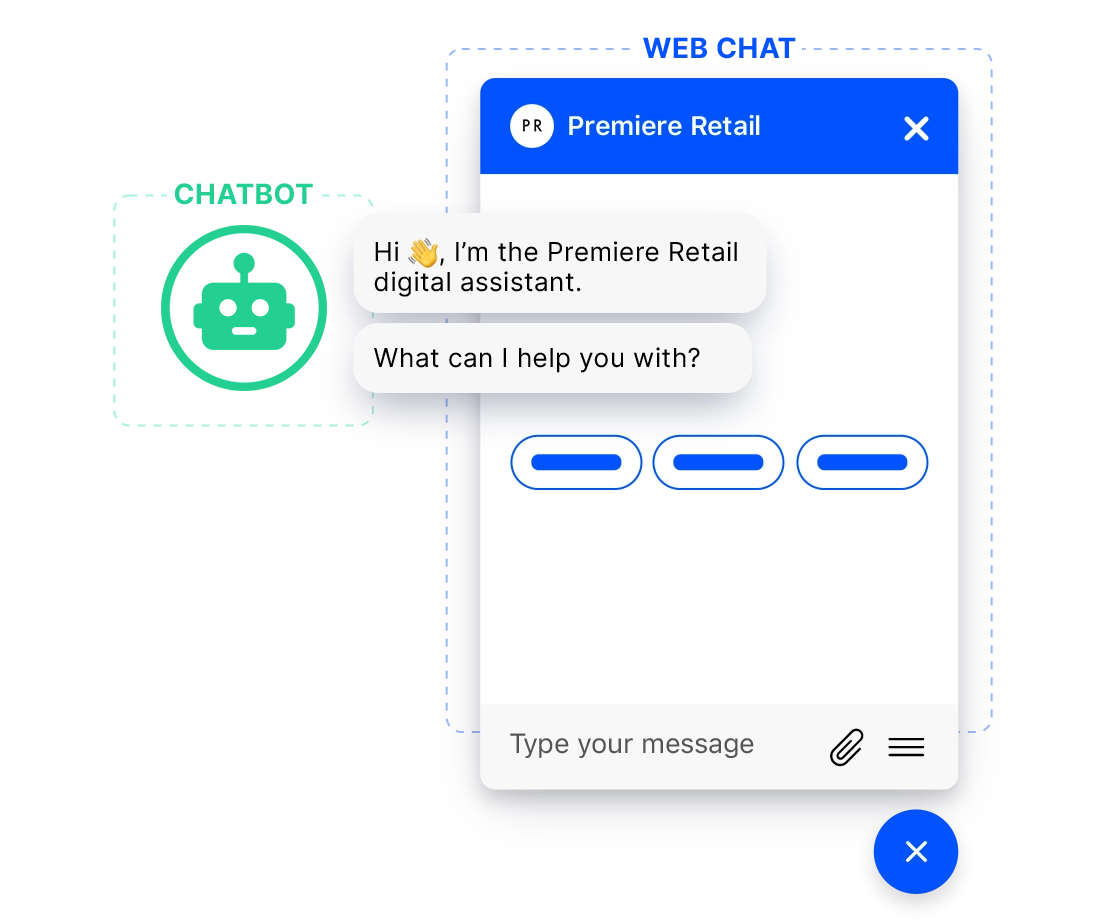
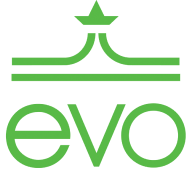
Use insightful tools for a
personalized customer experience.
Adding personalization to your web chat will elevate your customer experience from good to unforgettable. Quiq’s live web chat software makes personalizing messages easier by providing insight into the behavior and interests of website visitors with features like:
- Visitor tracking: Shows which web page the customer is on and gives insights into their interests based on their search history
- Chat history: Helps agents and managers keep track of past web chat conversations and simplifies e-commerce support
- Chat routing: Ensures conversations are directed to the right agent or bot
- Sentiment analysis: Lets agents see which conversations are going well and which may be at risk
- Chat continuation: Conversation picks up where it left off if a visitor returns
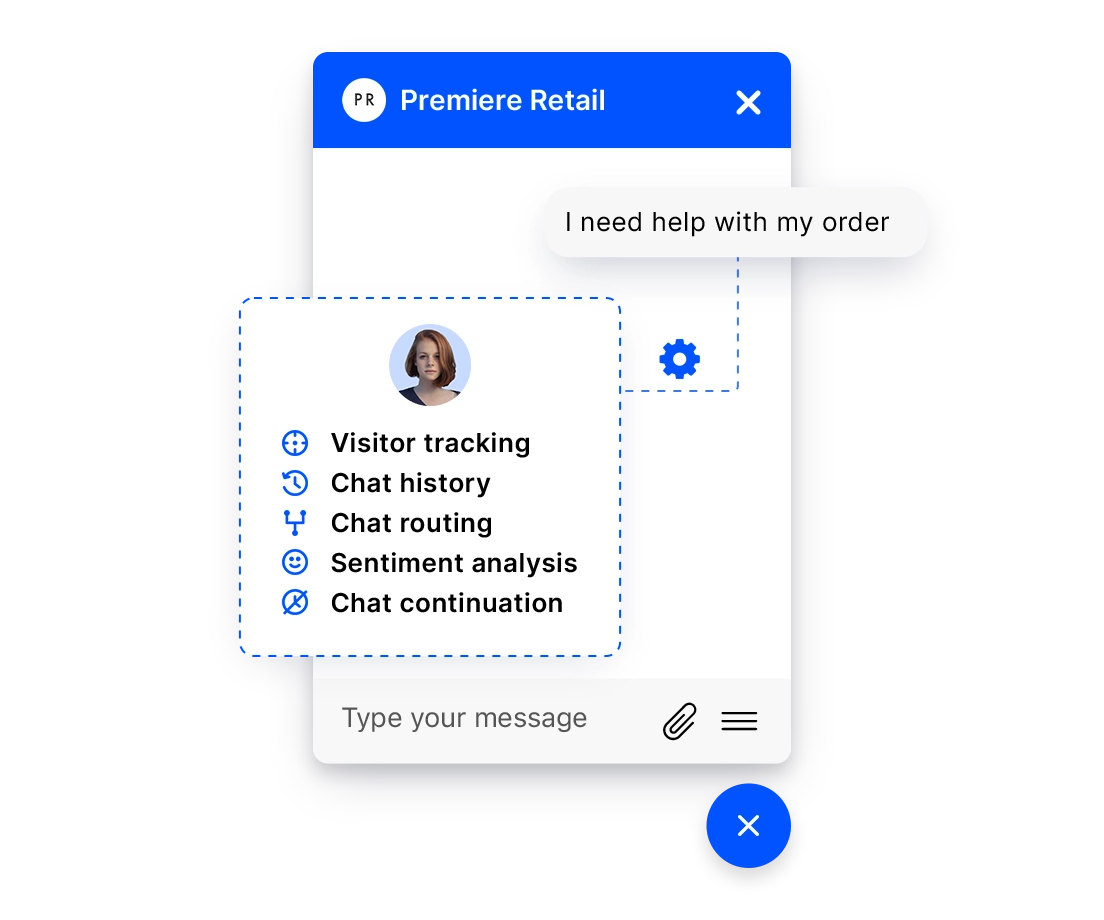
Turn site visitors into customers who love your
brand with web chat on your website.
Give your customers 24/7 support.
A website is open for business 24 hours a day, and with customers distributed around the world, businesses need a way to provide attentive service at any hour. Combining chatbots with human agents allows teams to manage a higher number of customer inquiries at any time of the day. Quiq’s customer engagement platform easily integrates chatbots for a seamless customer service experience.
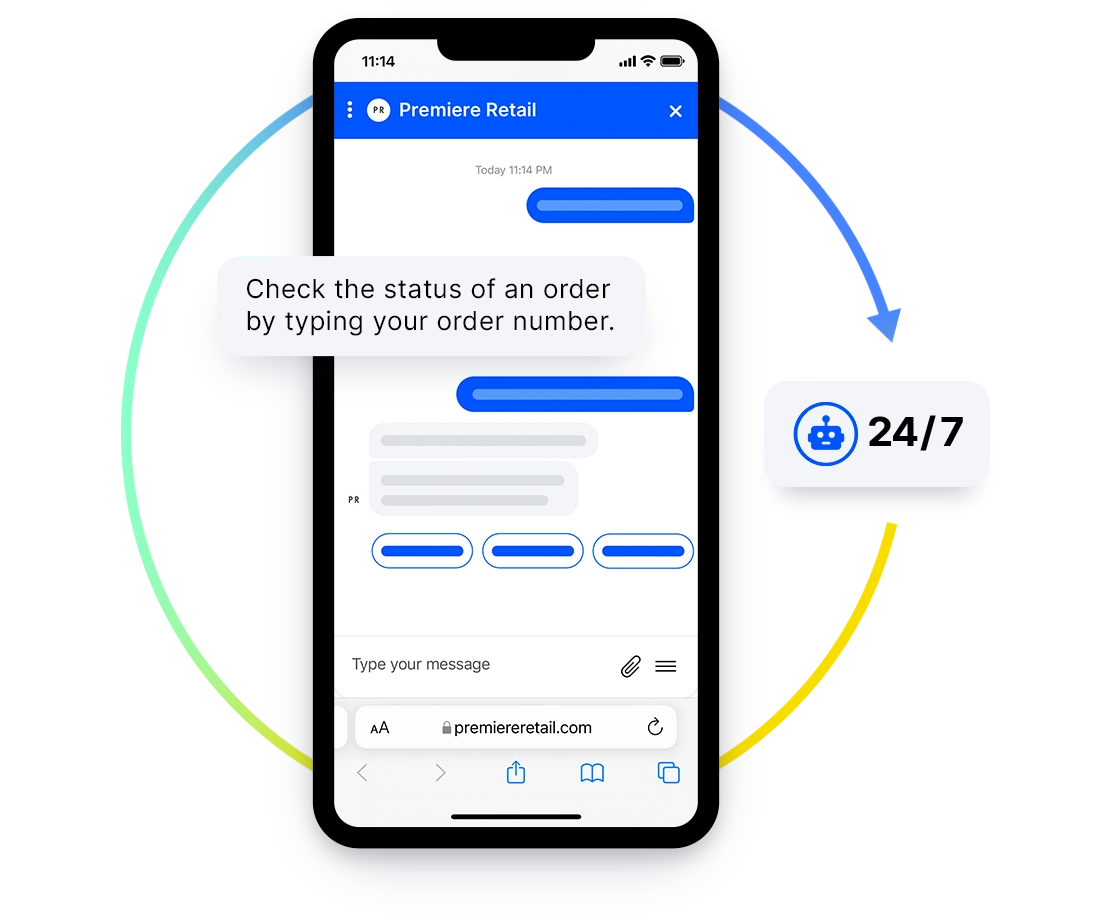
Manage costs while increasing
customer service.
Web chat is the lowest cost solution for businesses to communicate with customers. Agents can handle 6-8 live chat conversations in the same time it would take them to complete one phone call. Driving down costs while attending to customer requests more quickly is a win for your company, agents, and customers.
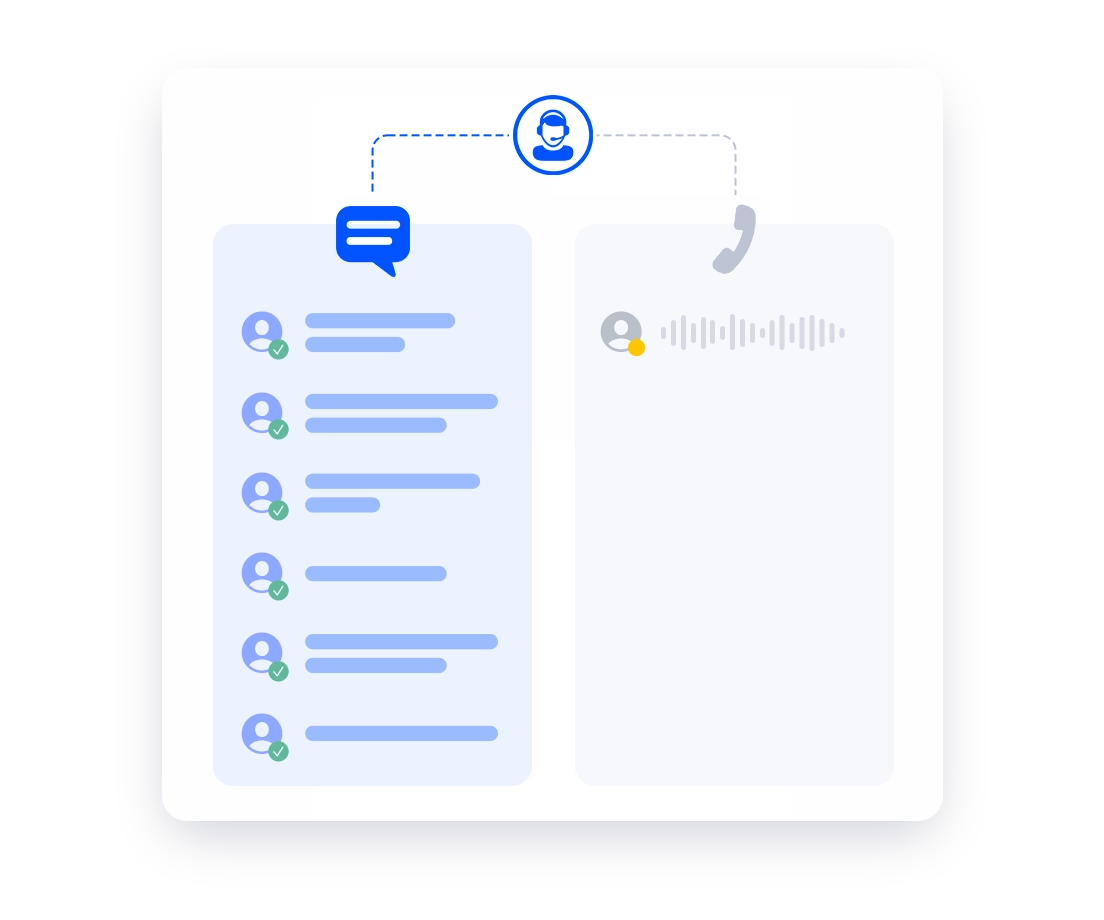
Customer satisfaction via web chat
is 73%—higher than phone or email.
Deliver a simple and personal
experience for customers with Quiq’s
business chat software.
Quiq’s multi-channel business messenger software is packed with features to help your business boost sales and engage with shoppers on the platforms they prefer. For consumers, Quiq’s software makes interacting with customer service enjoyable and straightforward. Behind the scenes, the software allows employees to:
- Simultaneously engage with multiple customers across multiple channels
- Preview what customers are typing to provide answers more quickly
- View previous conversations to ensure the highest level of customer satisfaction
- Work alongside bots to streamline customer service conversations
And with no software or plugins to install, your web chat solution can be up and running in 24 hours.
